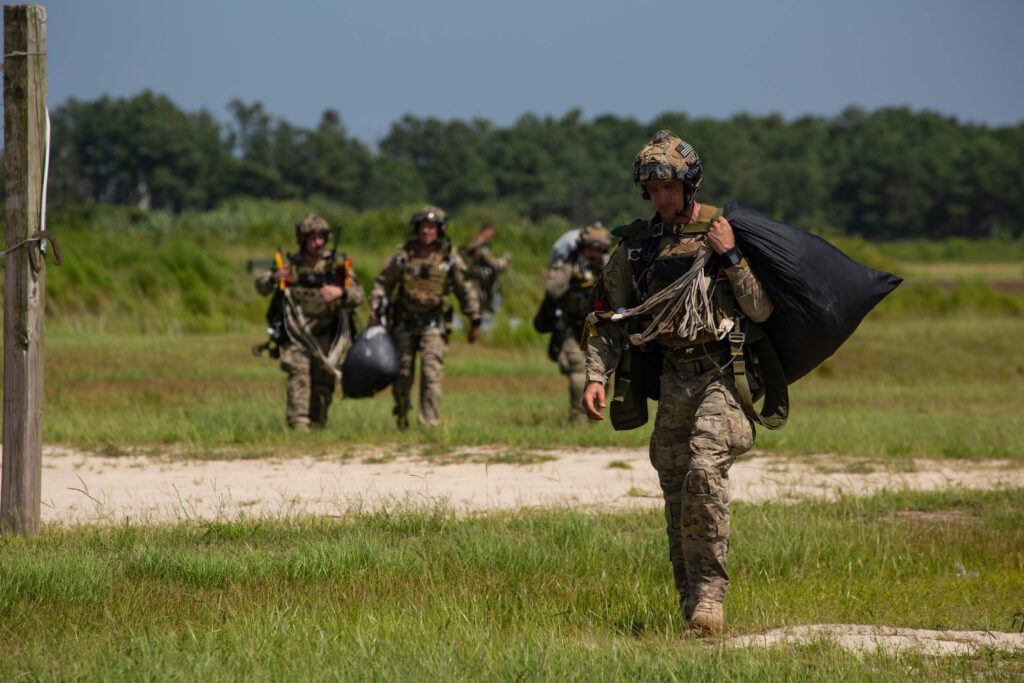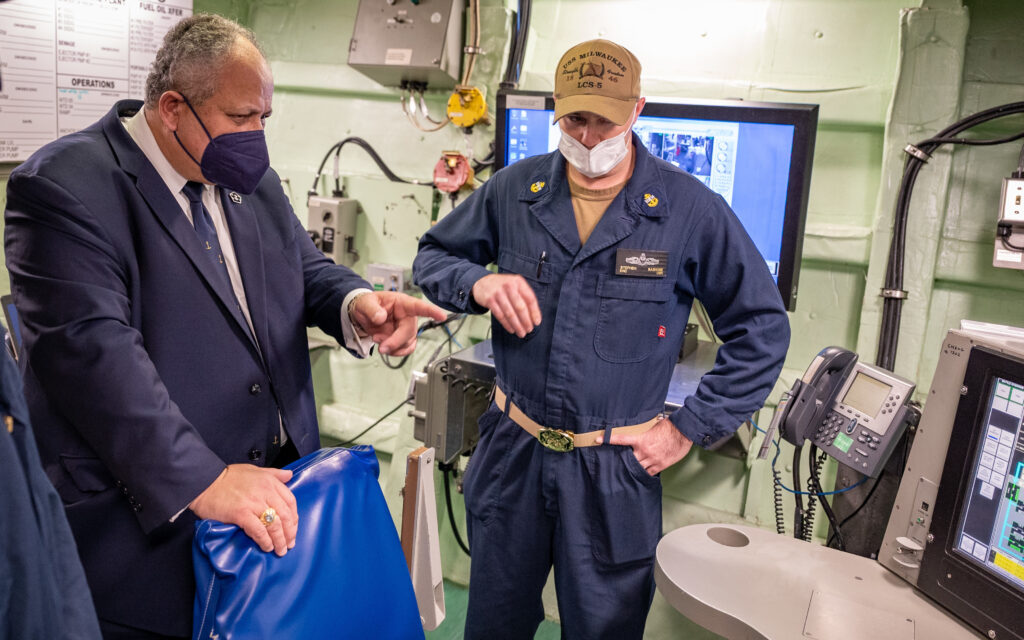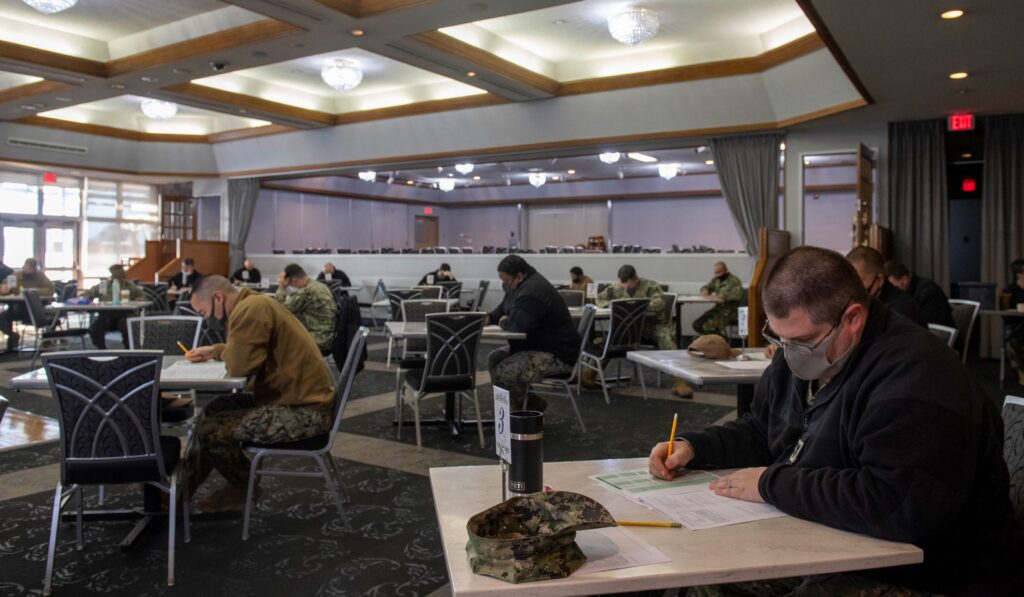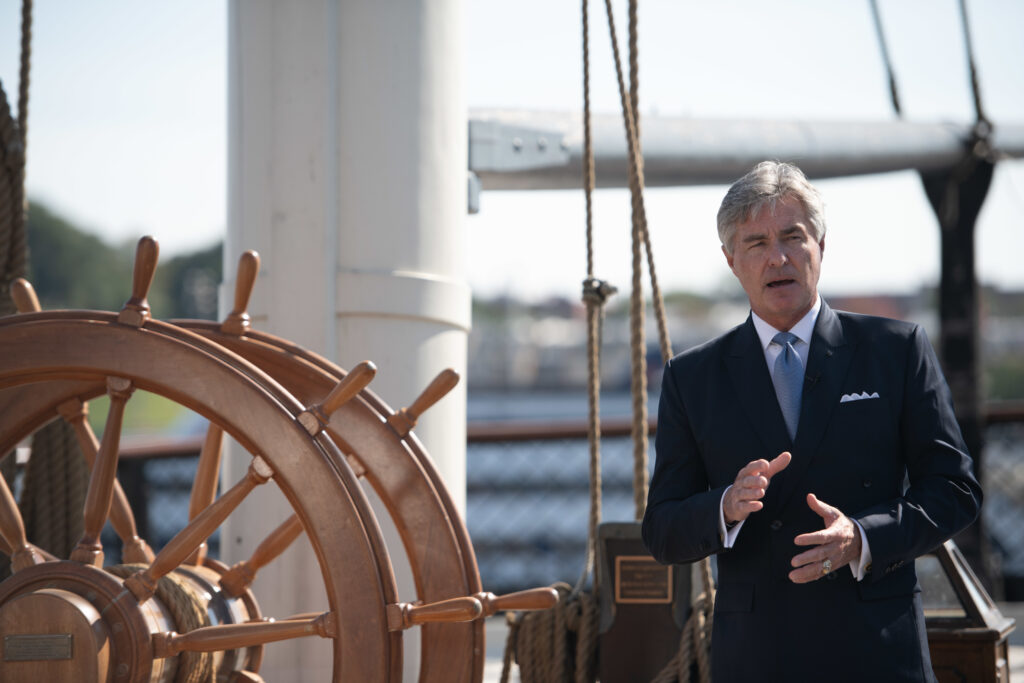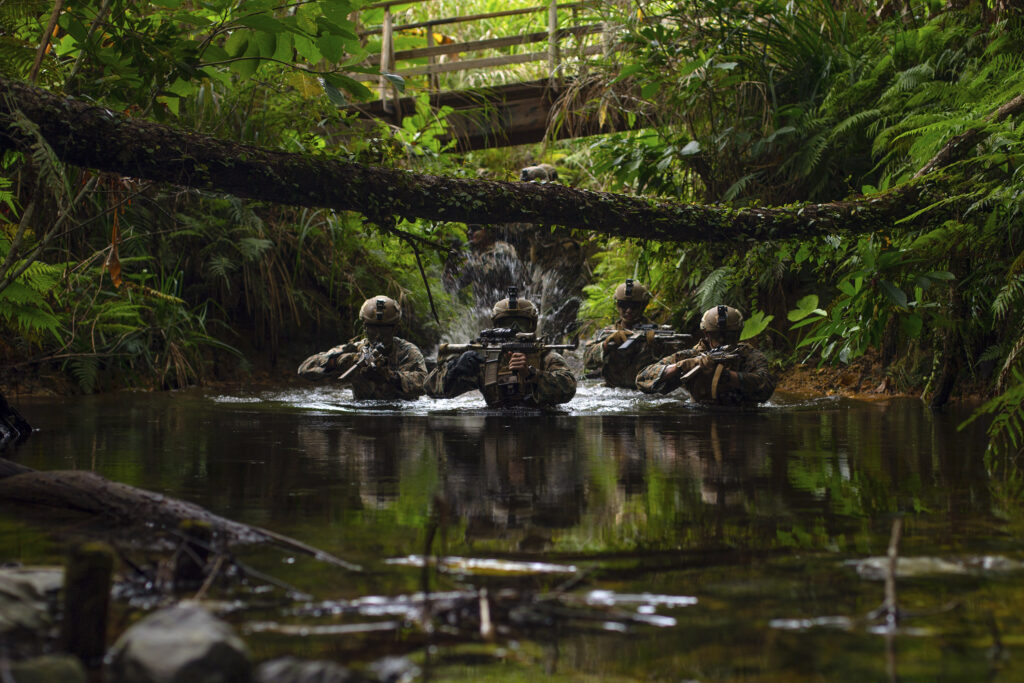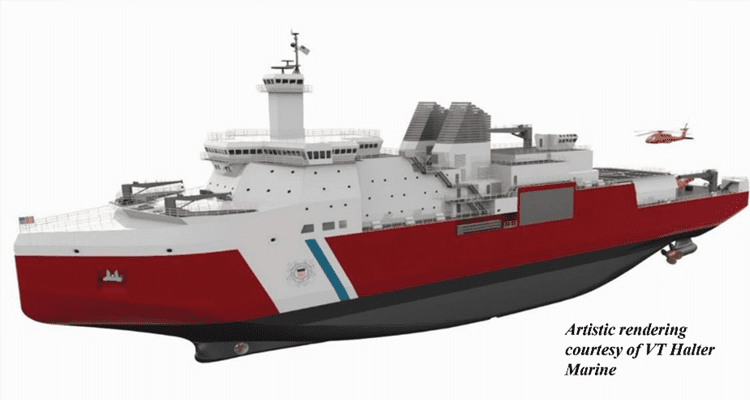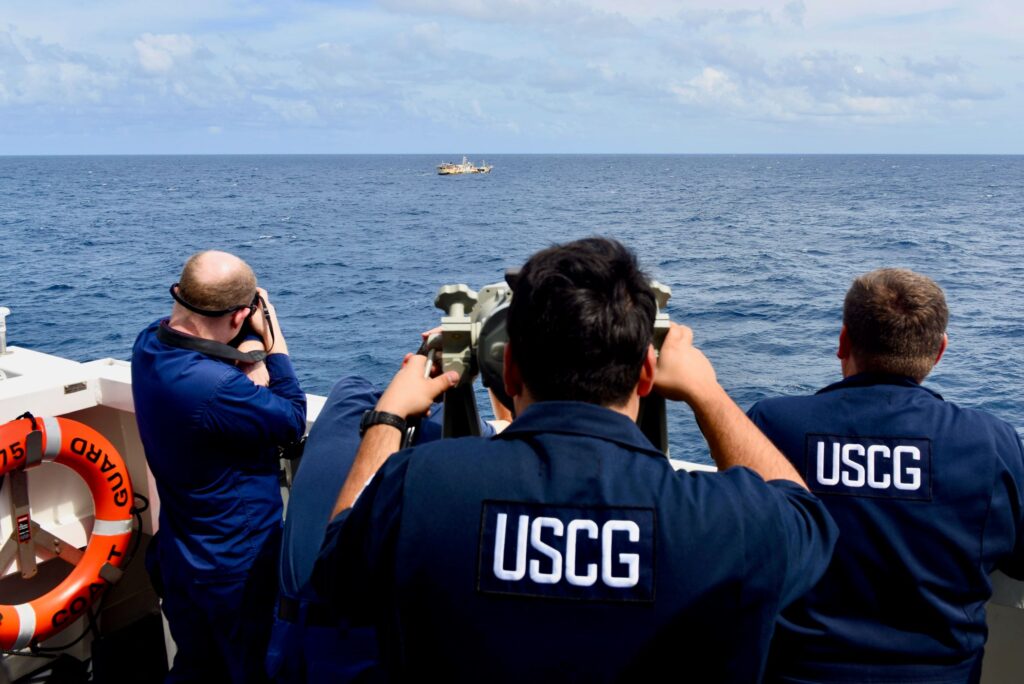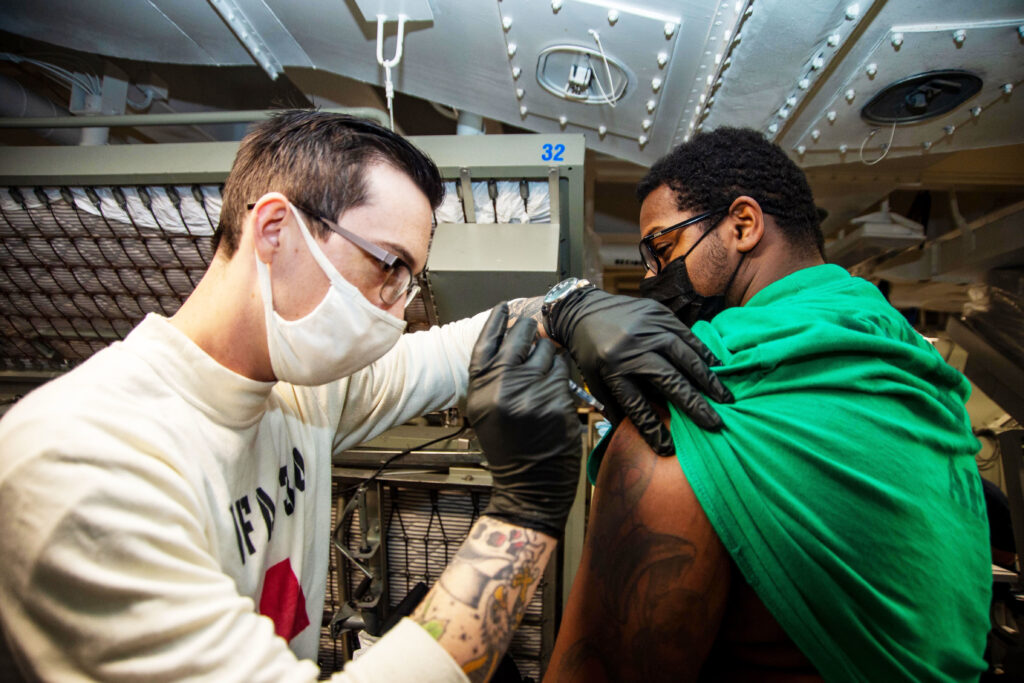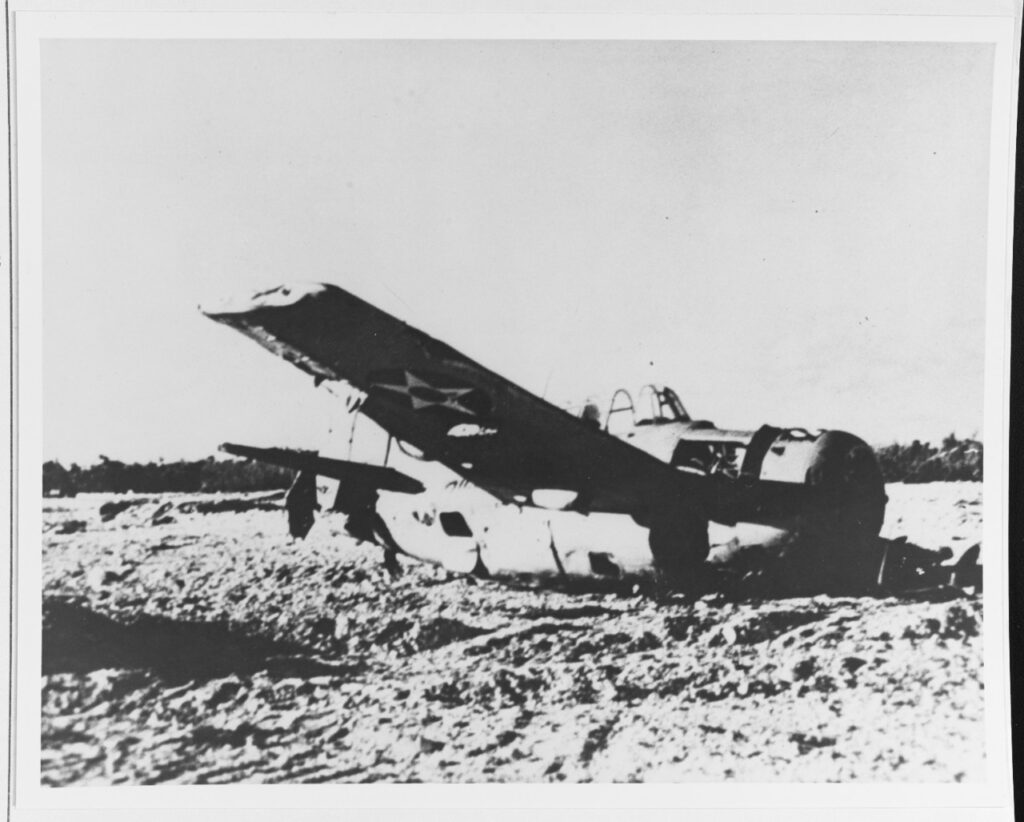COVID Challenges Toughened 7th Fleet Sailors, Vice Adm. Merz Says
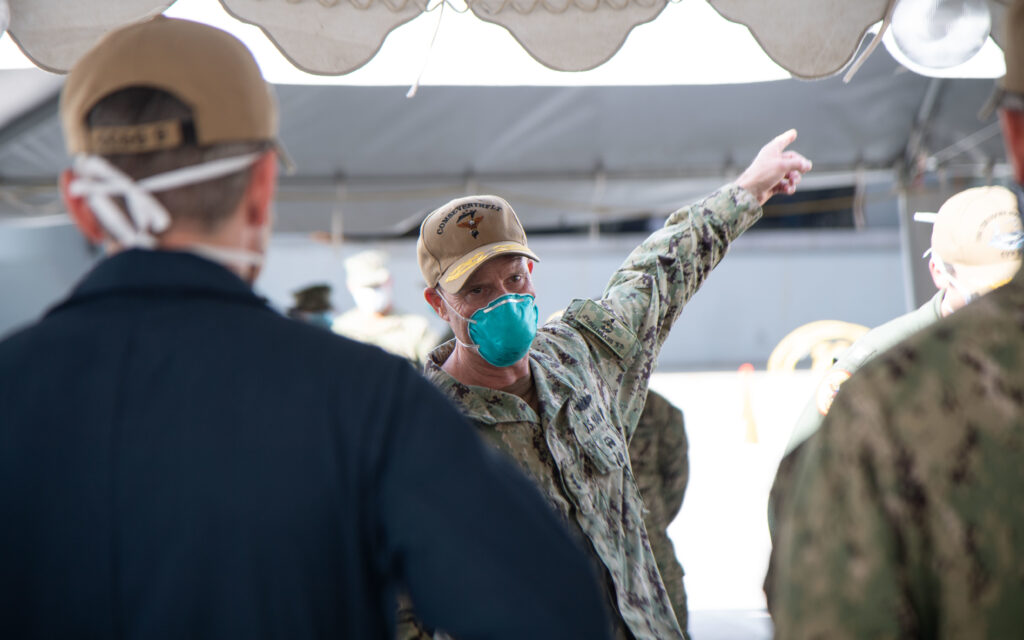
ARLINGTON, Va. — The coronavirus pandemic may have disrupted normal operations and planned training exercises over the last two years, but it drove U.S. Navy and Marine Corps units in the Indo-Pacific to work together and solve problems under trying conditions, a former 7th Fleet commander says.
Outbreaks of the COVID-19 virus sidelined some warships, like the aircraft carrier USS Theodore Roosevelt, and extended at-sea deployments for all the rest, “but a lot of good came out of it if you put it in context,“ Vice Admiral William Merz, the deputy chief of naval operations for Operations, Plans and Strategy (N3/N5), told the National Defense Industrial Association’s virtual Expeditionary Warfare Conference Feb. 9.
Merz, who commanded the 7th Fleet before assuming his N3/N5 role, told online viewers they should be “celebrating the Sailors, how they just came alive under those oppressive conditions, coming together against this common enemy. I’ll tell you, COVID’s probably the best thing that’s happened to 7th Fleet, at least in recent memory. It allowed us to stay together as a fleet, we pretty much stayed at sea the entire time, undistracted.”
Because of COVID restrictions on travel, Merz said he cut his routine trips to Washington way back, “so it allowed me to engage very heavily” with all parts of the fleet. He kept the amphibious command ship USS Blue Ridge (LCC-19), usually based at Japan’s Yokosuka Naval Base, at sea for a total of 200 days during his last 15 months at 7th Fleet, using its flight deck to helicopter around his command.
Once counter-virus practices were in place aboard ships, Merz said he was able to move his expeditionary force around the 7th Fleet area of responsibility at sea undistracted. Other U.S. and allied naval vessels kept China’s People’s Liberation Army Navy from taking advantage of the Roosevelt’s absence from the sea, he noted.
Construction projects and test concepts like unmanned undersea vehicles kept on track even more efficiently because exercises and other distractions were canceled during the height of the pandemic, Merz said.
“Probably most revealing was the time period that I had the Theodore Roosevelt in Guam coordinating her recovery,” he said. “The whole world is benefiting from the lessons we learned from that large scale but very focused recovery, and we had doctors from all over the globe coming to study how we moved through that.”
Commander, Task Force 75, based in Guam, built two expeditionary hospitals on the island and reopened the hotels closed by the pandemic, to treat, quarantine and house the 5,000 crew members disembarked from the Roosevelt while it was sanitized. CTF 75 also provided security and logistics for those facilities, Merz said.
CTF 75 also constructed two bubble liberty ports on Guam and Okinawa, as well as a backup one in Diego Garcia in the Indian Ocean. “This just proved to be a life saver” and not just for the 7th Fleet, Merz said. Naval vessels from South Korea, Japan, France, Britain and Malaysia also made stops at the COVID-free bubbles to enjoy beer, pizza and the beach facilities.
“It just became this wonderful resetting for the crews, who were heavily stressed, not just by the virus or what was going on at home, but the much longer at-sea periods that we levied on them to make sure that once they were cleaned, they stayed clean,” Merz said.
